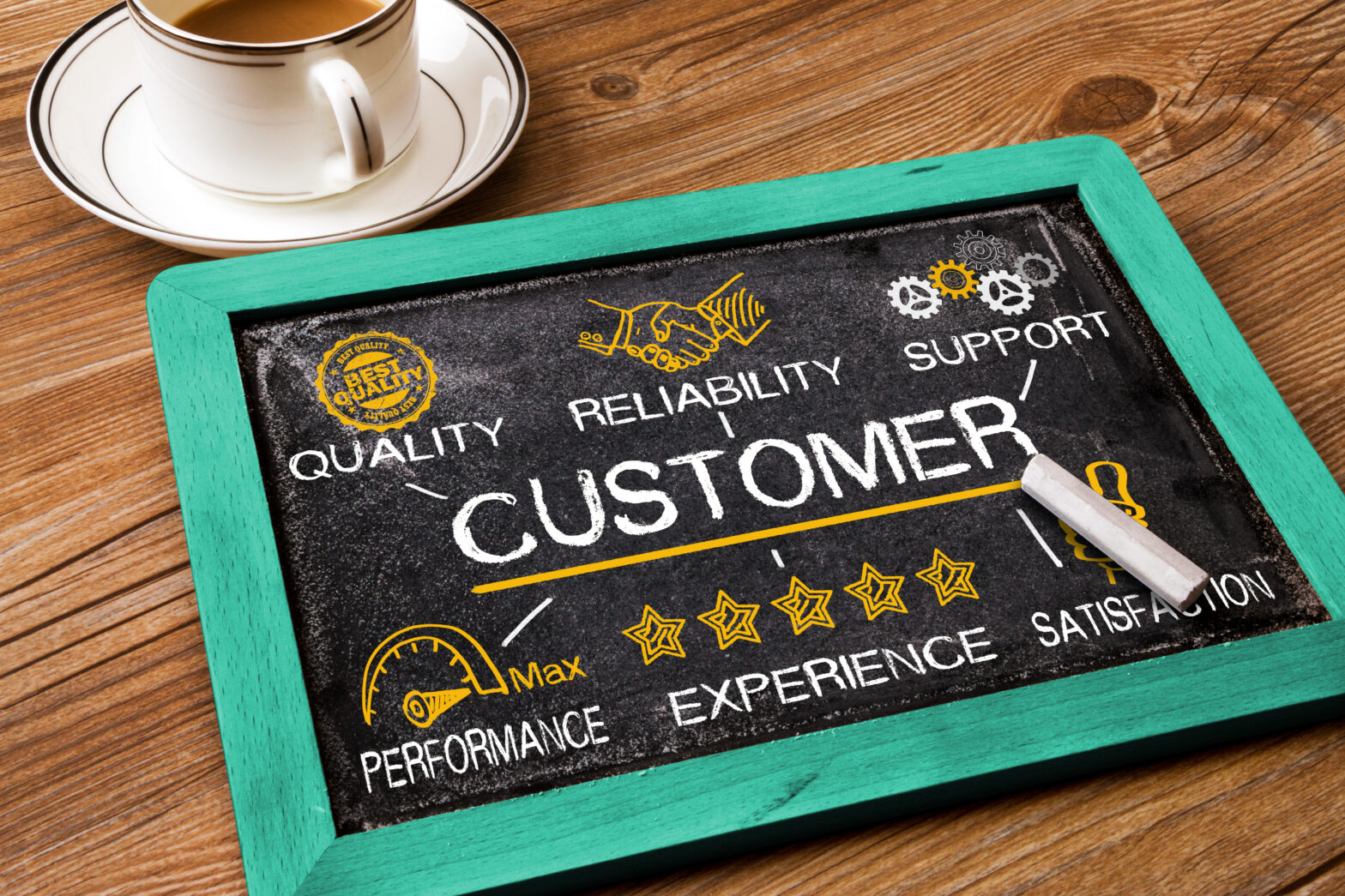Customer experience is a hot topic. A recent study reported that customer experience will overtake price and product as the key brand differentiator by the year 2020. And for good reason: customers judge your company by the interactions they experience. So, yes, CX should be at the top of the priority list.
Small businesses have been leveraging the value of customer experience for years – because they’re best at it. Some of the key reasons customers choose to do business with a smaller organisation are because they expect personalised services, quality craftsmanship and closer relationships.
In today’s digital world, small businesses don’t get a pass because of their size. In fact, when competing online, the opposite is true. For small businesses, there has never been a more important time to take control of the customer experience.
>See also: 5 technologies improving the customer experience journey
Technology that can analyse, predict, and automate is now accessible to businesses of all sizes. Even small businesses have the ability to create the ultimate customer experience and build trust – all without losing that person-to-person feel customers are craving. However, scaling personal relationships and experiences are simply not possible without the help of technology, and most small businesses understand this. However, it’s time to dig deeper into the tools available.
Here are three ways technology can be your best wingman.
1. Customer interaction data and analytics
Most everyone who implements some sort of technology understands that there’s data to be analyzed from their efforts. The question is, are you leveraging it? Data is the crux of all relationships. Whether a business has 65 million customers or 650, enlisting the help of software to get to know customers is a must.
However, the data goes beyond titles and geography. Small businesses can benefit greatly by digging deep, and paying attention to things like how and when a customer interacts with their CRM, the level of engagement they have on their website, how and when content is being consumed, etc.
There are records of specific customer information, past purchases, notes of conversations, ticket status, and personal details like pet names to help create personalised, familiar experiences – all of which would be nearly impossible to manage and leverage without technology. By using data to get to know your customers on a deeper level, you’ll be able to deliver the preferred experience that will make customers feel understood.
2. Communication and timing
Once a business understands what a customer likes and wants, it’s important to get the timing right as to when to deliver it. Using a CRM tool combined with marketing automation to drive this practice isn’t reserved for the enterprise – small businesses should be leveraging this technology as well.
>See also: 3 ways to transform the customer experience
Customers expect to be courted. Automated follow-up that is personalised based on customer behaviour makes them feel known and helps move them along the purchase journey. For small business owners, one of the most common roadblocks to effective marketing is a perceived lack of time.
However, because software and tools are more affordable for small businesses today, many are discovering that investing money and time into maximizing software capabilities pays off in sales growth upwards of 400%. They’re reaching the right customers at the right time and creating powerful customer experiences.
3. Provide value from the very beginning, and make life easier
Customers buy from those they know, like and trust. Your service should provide value from the first contact and beyond the point of sale. Be the brand that customers rely on and trust even when they’re not making a purchase.
This means investing in customer loyalty programs and customer feedback solutions. It also means giving them a reason to come back to you even when they’re not looking to buy from you.
Helpful tips, tutorial videos, or interesting content are examples of ways small businesses can provide value and build customer confidence in their brand. Circling back to the idea of analytics, experimentation with different tactics will reveal what is resonating most with customers. Technology offers the opportunity to easily test and evaluate results so what works can be tweaked and improved upon even more and what falls flat can be eliminated.
>See also: How the customer experience just got personal with data analytics
Keep in mind that not every technology solution will work for every business out of the box. The ability to customise options and integrate with existing systems is a game-changer in the small business world. Most decisions are ruled by budget and many companies can’t afford to replace a full software suite or buy multiple solutions that may or may not play nice with one another.
Platforms that allow for lower-level buy-ins with the ability to upgrade make it possible to dip a toe into the power of digital marketing and customer relationship management while allowing for enhancements to be added down the road.
Small businesses are often leery of investing in software that will end up giving them more work than than they bargained for – and they don’t want their current systems to be rendered obsolete. Today’s best technology solutions integrate with other technologies to create a seamless end-to-end customer experience.
Wise small business owners invest in their business just as they expect their customers to invest in it. Positive customer experiences are the secret to staying in business – and staying profitable – for the long haul. Using technology to support your efforts is the key.
Sourced by Clate Mask, CEO, Infusionsoft







